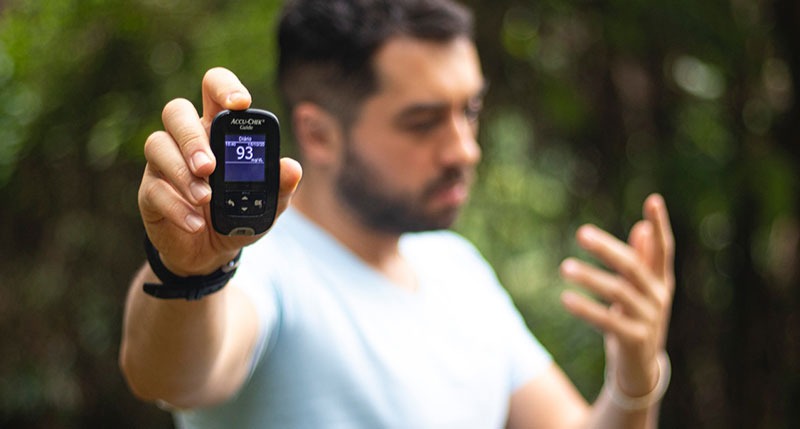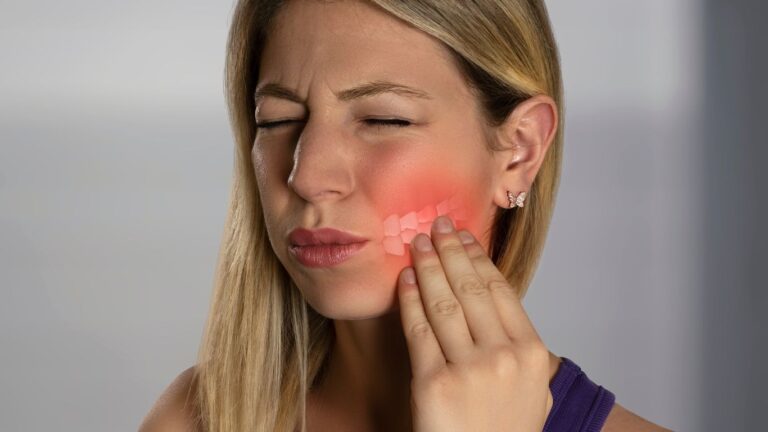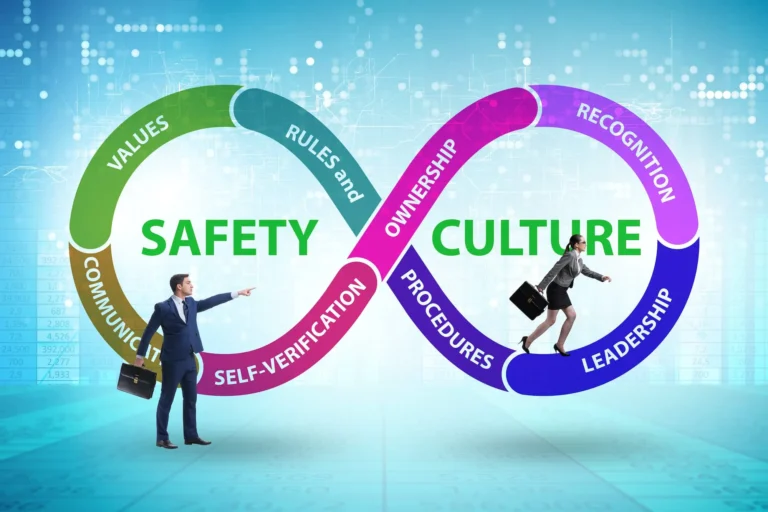High blood sugar harms more than your metabolism. It can quietly chip away at your eyesight—permanently. If you’re managing diabetes or any form of blood sugar imbalance, your eyes are already at risk.
But you can fight back.
Blood sugar control plays a direct role in how well your eyes age, how clearly you see, and how likely you are to face irreversible conditions like diabetic retinopathy or macular degeneration.
This guide explains the exact steps that matter most. Not generic health advice. Just real, practical moves you can take now.
Key Highlights
- Chronically high blood sugar silently damages key parts of the eye.
- Vision issues can appear without any early warning signs.
- Regular screenings and nutrition are your best early defense.
- Blood sugar spikes can affect retinal vessels in just weeks.
- Eye strain, dryness, and blurred vision are red flags.
Why Blood Sugar Impacts Your Vision Directly
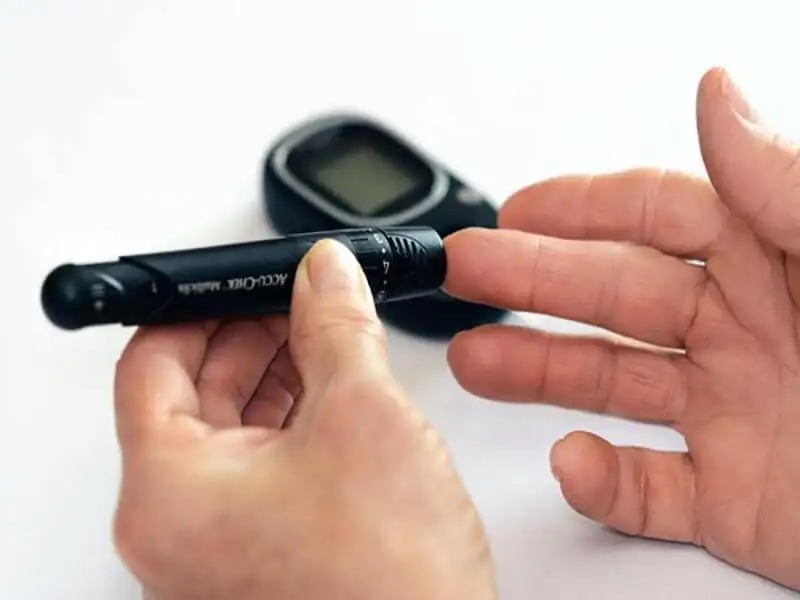
Your eyes have some of the smallest, most delicate blood vessels in the body. When glucose levels rise too often, those vessels swell, leak, or even close completely. That interrupts oxygen flow and harms the retina.
The retina processes light and sends signals to the brain. If it’s damaged, you don’t get a second chance. Diabetic retinopathy, macular edema, and glaucoma are all tied to long-term blood sugar mismanagement.
Even before formal diagnosis, people with insulin resistance often report:
- Blurry vision that comes and goes
- Difficulty focusing
- Eye fatigue after screens
- Sensitivity to light
These are not random symptoms. They’re signs that your blood sugar is interfering with your visual system.
Support Your Eyes and Blood Sugar at the Same Time

The connection between glucose and vision health isn’t just medical—it’s nutritional too.
A growing number of people are turning to dual-purpose supplements which offer support in both areas. ZenLife’s formula helps balance sugar levels by slowing absorption and improving metabolism. At the same time, it nourishes the eyes with essential nutrients that improve blood flow and reduce oxidative stress.
That combination matters. Eyes under strain need more than just vitamins—they need support that helps control the metabolic root of the problem.
These supplements includes ingredients aimed at:
- Boosting energy without sugar crashes
- Protecting the retina and macula
- Reducing inflammation in delicate eye tissue
- Supporting blood flow to the optic nerve
If you struggle with both energy dips and eye discomfort, it may be time to take a broader approach.
Daily Habits That Protect Your Eyes Long-Term
Vision damage from high blood sugar can be slowed—or even prevented—if you stay ahead of it.
Start with these core habits:
Eat with your eyes in mind
Omega-3 fats, leafy greens, and foods high in lutein and zeaxanthin reduce inflammation and support the retina.
Cut down on refined carbs, which spike insulin and increase oxidative pressure on eye tissue.
Use the 20-20-20 rule
For every 20 minutes of screen use, look at something 20 feet away for 20 seconds. This prevents digital eye strain, which is worse when glucose is poorly controlled.
Monitor your numbers consistently
Use a blood sugar monitor daily. Sudden spikes or drops often trigger blurred vision or eye discomfort before any lab result reveals a pattern.
Stay hydrated
High blood sugar dehydrates your eyes along with your body. Dry eyes are not just uncomfortable—they’re more vulnerable to infection and inflammation.
Wear sunglasses
UV damage worsens the breakdown of retinal cells. Keep sunglasses on even during cloudy days.
Eye Checkups: Non-Negotiable if You Have Sugar Issues
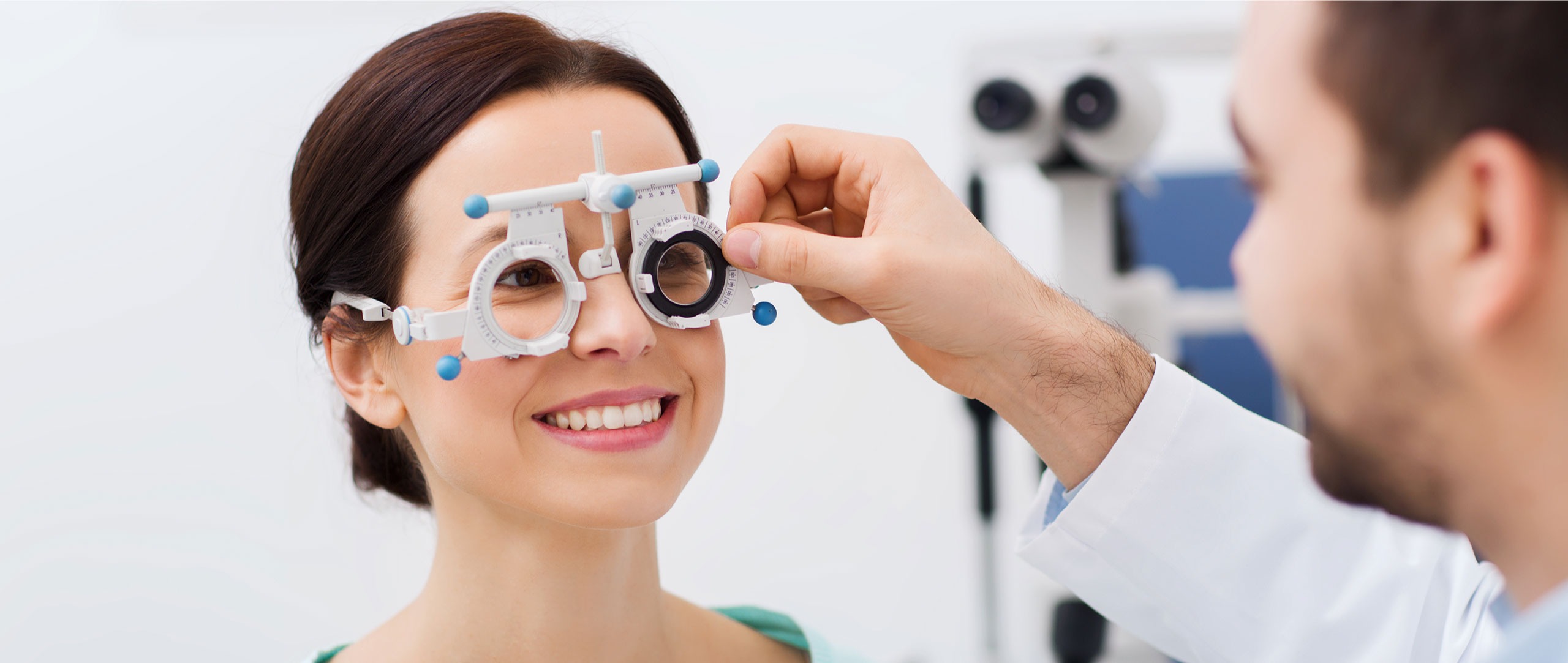
A full eye exam is not the same as a vision screening at your pharmacy. You need a dilated retinal exam at least once a year.
Why it matters:
- Doctors can spot microaneurysms and hemorrhages before vision changes begin
- Early-stage diabetic retinopathy often has no symptoms
- Vision loss from blood sugar damage is often permanent
- Your prescription might change faster than usual if your glucose is unstable
If you already have signs of retinopathy, your doctor may recommend more frequent checkups or retinal imaging.
Signs You Should Never Ignore
Even with no diagnosis, if you notice any of the following, act immediately:
- Sudden blurry vision
- Floaters or dark spots in your field of view
- Flashes of light
- Eye pain or pressure
- Frequent headaches linked to screen use or reading
- Fading colors or contrast sensitivity
These aren’t just bothersome symptoms. They can signal serious damage in progress.
Don’t wait for things to get worse. Damage builds slowly—but once it crosses a threshold, vision loss is often irreversible.
Supplements and Natural Support—Do They Help?
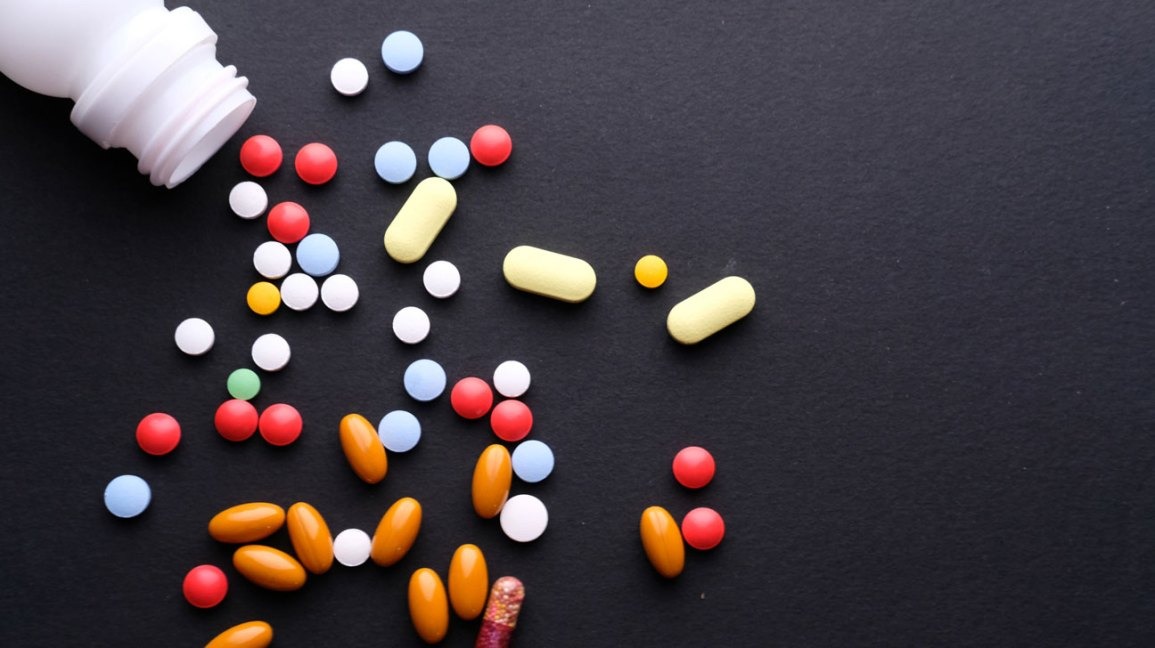
Not all supplements are created for both blood sugar and vision. Some target energy, others target circulation. Few do both well.
Supplements can help with:
- Healthy glucose metabolism
- Eye-friendly nutrients like lutein and zeaxanthin
- Antioxidant defense for retinal tissue
- Daily energy without overstimulation
It can’t replace medical care, but it fills a crucial gap—supporting areas that diet alone might miss.
If you’re overwhelmed with separate pills for glucose, eyes, and energy, a blended option may bring more consistent benefits.
Final Thoughts: Protect Your Eyes Before Damage Starts
Vision loss from high blood sugar doesn’t start with a dramatic event. It starts with subtle shifts you can miss if you’re not paying attention.
Your blood sugar affects more than your waistline or energy—it directly affects your ability to see. That’s not fear-mongering. It’s a fact.
By building smart habits, scheduling real eye exams, and supporting your body with targeted nutrition, you can slow or even avoid serious complications.
Your eyes are worth it.
Take action now, not after something goes wrong.

